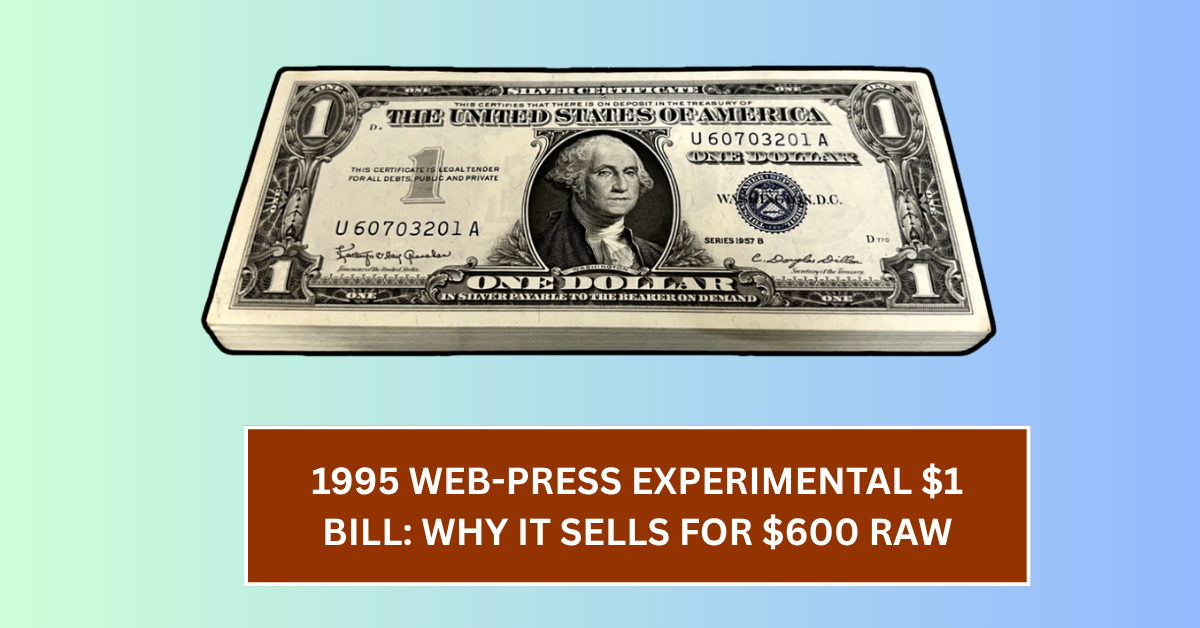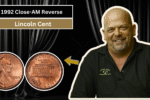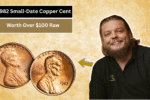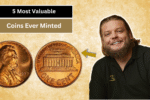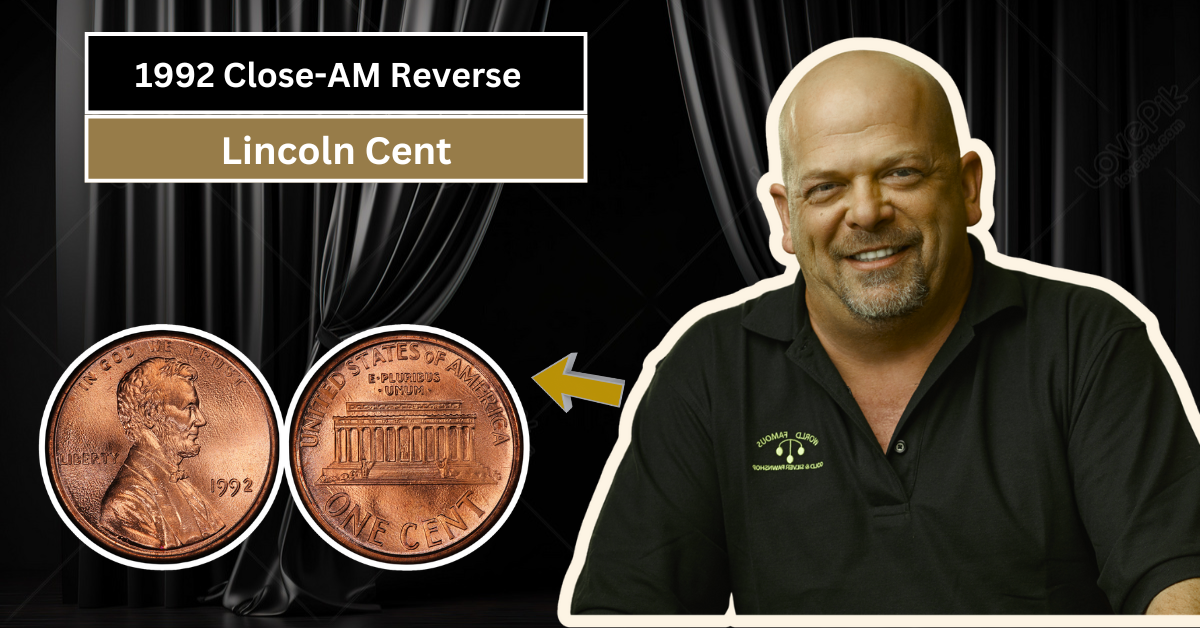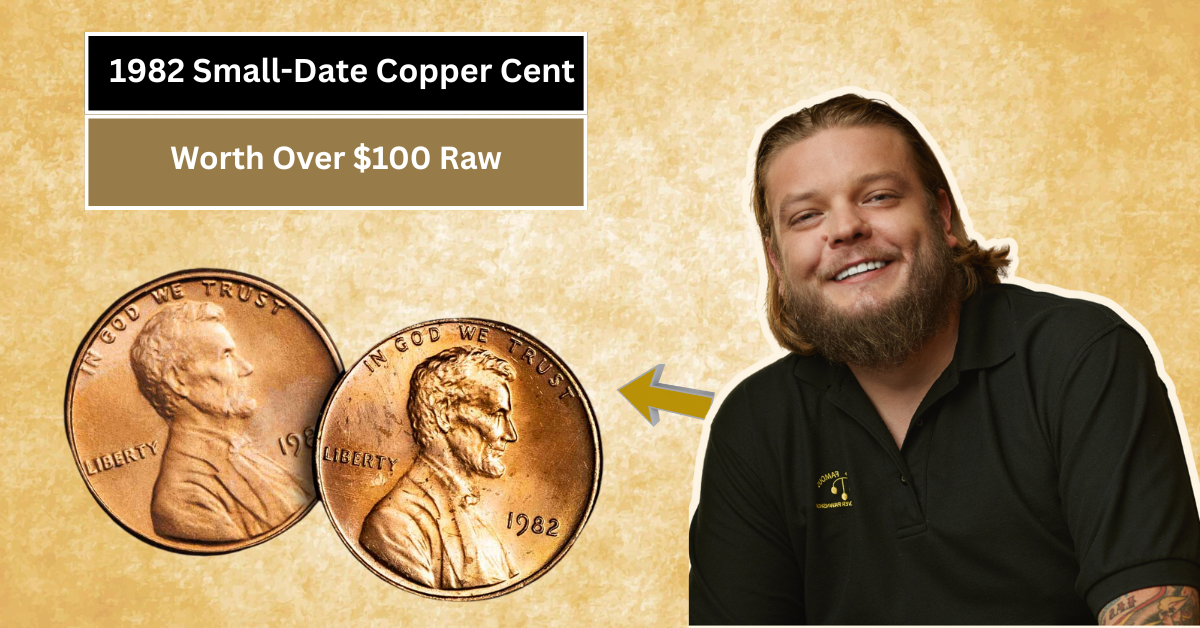Currency collecting is a fascinating hobby that many people enjoy worldwide, and India is no exception. Among the many rare and valuable notes, the 1995 Web-Press Experimental $1 bill has gained a lot of attention recently. Despite being a common denomination, this particular bill can sell for about $600 in raw condition—a surprising fact for many collectors and enthusiasts.
This article will explore why this $1 bill is so valuable, focusing on the short-lived web printing technology, the unique plate position markers that help identify it, and the growing demand from collectors. If you’re curious about currency or just want to learn more about this rare note, keep reading!
What Is the 1995 Web-Press Experimental $1 Bill?
This Article Includes
- 1 What Is the 1995 Web-Press Experimental $1 Bill?
- 2 Why Is Web Printing Technology Important?
- 3 How to Identify the 1995 Web-Press Experimental $1 Bill
- 4 Why Does the 1995 Web-Press $1 Bill Sell for $600 Raw?
- 5 Rising Registry Demand and Collector Interest
- 6 Should Indian Collectors Invest in the 1995 Web-Press $1 Bill?
- 7 Conclusion
The 1995 Web-Press Experimental $1 bill was part of a test run by the Bureau of Engraving and Printing (BEP) to explore new printing technology. Unlike the standard sheet-fed printing process used for most U.S. currency, the web-press method used rolls of paper, similar to newspaper printing. This was an experimental attempt to improve efficiency and reduce costs.
This experiment happened only briefly in 1995, and the production was stopped before it became a regular method. Because of the short production time, only a limited number of these bills exist, making them rare and appealing to collectors.
Why Is Web Printing Technology Important?
Web printing technology uses a continuous roll of paper, which allows faster printing compared to traditional sheet-fed presses. The idea was to speed up the process while maintaining the quality and security of the banknotes. However, the web-press bills had subtle differences in texture and appearance that made them stand out to experts and collectors.
The BEP eventually abandoned web printing for currency due to quality concerns, so these bills represent a unique “what could have been” moment in currency history. Because these bills were produced experimentally and for a short time, they became a rare collector’s item almost overnight.
How to Identify the 1995 Web-Press Experimental $1 Bill
One of the most exciting features for collectors is how to spot the Web-Press experimental bills among standard $1 notes. The key lies in the unique plate position markers. These are symbols or letters printed in specific spots on the note that indicate its place on the printing plate.
For the 1995 Web-Press experimental $1 bills, these markers are usually found near the bottom right on the front and back sides of the note. They look slightly different than on regular bills, showing a small letter or symbol that helps experienced collectors identify them quickly.
Knowing these markers is essential because it helps buyers and sellers verify authenticity without damaging the bill. If you plan to collect or trade, learning to spot these markers is a valuable skill.
Why Does the 1995 Web-Press $1 Bill Sell for $600 Raw?
The high value of around $600 for a raw (uncirculated, ungraded) 1995 Web-Press $1 bill comes from a few main reasons. Firstly, scarcity: only a limited number were ever made, and fewer remain in excellent condition. Raw bills that haven’t been graded by professional companies but are still in top shape are highly sought after by collectors looking for investment opportunities.
Secondly, the historical significance and the story behind the bill make it more attractive. Collectors love pieces that represent a unique moment or a “trial” in currency production. The web-press experiment fits that perfectly.
Lastly, growing registry demand has pushed prices up. Currency registries are collections submitted to online databases or competitions where collectors showcase their notes. The Web-Press experimental $1 is gaining popularity in these circles, raising its market value.
Rising Registry Demand and Collector Interest
Currency registries have become a big part of modern collecting. These registries encourage collectors to find and display the rarest and most interesting bills, including experimental notes like the 1995 Web-Press $1 bill. As more people join these communities, demand for scarce notes rises naturally.
Collectors from India and around the world are showing increased interest in this bill because it is affordable compared to other rare notes, yet still offers the excitement of owning something unique and valuable. This rising global attention helps keep the price strong and growing.
If you’re just starting out or looking to expand your collection, tracking registry trends can be a smart way to find upcoming valuable pieces like this one.
Should Indian Collectors Invest in the 1995 Web-Press $1 Bill?
For Indian collectors interested in currency, the 1995 Web-Press experimental $1 bill offers a great opportunity to own a piece of American currency history. While the initial price tag of around $600 may seem high, the potential for value growth and the thrill of possessing a rare item makes it worth considering.
It is essential to buy from trusted dealers to avoid counterfeits or damaged notes. Learning to spot plate position markers and verifying the bill’s origin will help ensure you get a genuine article. Furthermore, understanding the market trends and registry demand can guide you on when to buy or sell.
Conclusion
The 1995 Web-Press experimental $1 bill packs a lot of history and rarity into a small, familiar piece of paper. Its unique web printing technology, short production run, and special plate position markers have made it a prized item among collectors. Selling for around $600 raw, this bill symbolizes the changing face of currency production and the exciting potential in collecting rare notes.
For Indian and global collectors alike, this experimental note is a fascinating example of how history and value come together. Whether you’re a beginner or a seasoned collector, understanding what makes this bill special can open doors to deeper appreciation and smarter investing in the world of currency collecting.

